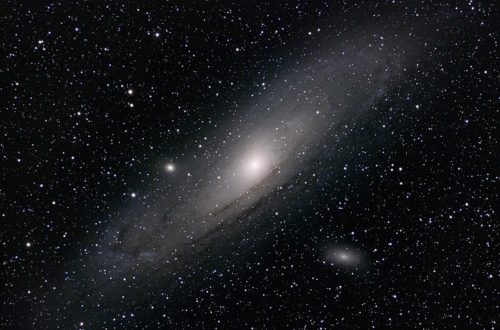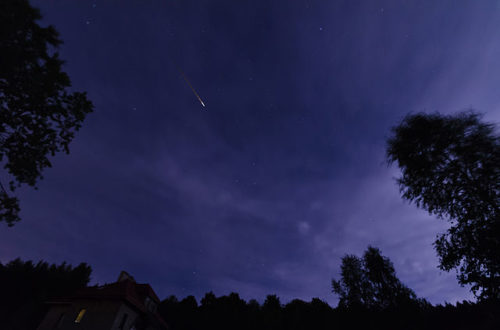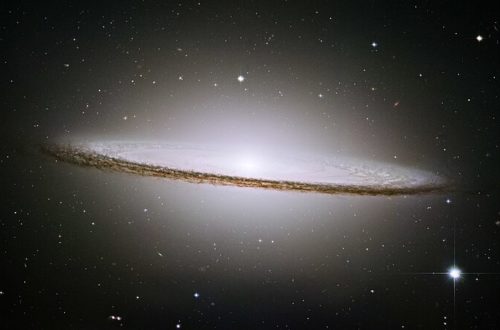Nearest Exoplanet Discovered in the Alpha Centauri System
 Artist’s impression of the Alpha Centauri system where the new planet was discovered. Image credit: ESA.
Artist’s impression of the Alpha Centauri system where the new planet was discovered. Image credit: ESA.
Astronomers from the European Southern Observatory (ESO) have discovered the nearest extrasolar planet to date, in the Alpha Centauri star system 4.3 light years away. The system is composed of three stars — two stars similar in size to our Sun orbiting close to each other, named Alpha Centauri A and B, and a third more distant faint red dwarf known as Proxima Centauri.
The planet is similar in mass to Earth, but unfortunately that is where the similarities end. The planet orbits Alpha Centauri B in a very tight orbit of just 3.6 days and an average distance from the star of about six million kilometers. In comparison the innermost planet of our own solar system, Mercury, orbits the Sun at a distance of 46 million to nearly 70 million kilometers (this difference is due to Mercury’s highly elliptical orbit). The planet being this close to the star, the surface temperature approaches 1,200 degrees Celsius making it far too hot for life as we know it to survive.
Scientists speculate that the planet is tidally locked due to the proximity to its star. This means that one side of the planet always faces the star and is extremely hot (the surface is probably covered in an ocean of lava), whereas the other side is in perpetual darkness (aside from the other two stars in the system giving some light) making it very cold.
Marek Kukula, Public Astronomer at the Royal Observatory in Greenwich, believes that the search for other planets in the system should be continued. “Everything that we’ve discovered in the last few years tells us that where we find one small, rocky planet there are likely to be others,” he told Jason Palmer at BBC News. “I think the odds are very good that there may well be other planets in this system a little further out, perhaps a little more comfortable temperatures – so I think the hunt is on.”
The discovery was made by a team of astronomers led by Xavier Dumusque, of the Geneva Observatory in Switzerland and Centro de Astrofisica da Universidade do Porto in Portugal. They used the HARPS instrument on the 3.6-meter telescope at European Southern Observatory’s (ESO) La Silla Observatory in Chile.
So far some 840 confirmed exoplanets have been discovered since the early 1990s, but this one is the closest yet.
Would you like to receive similar articles by email?





